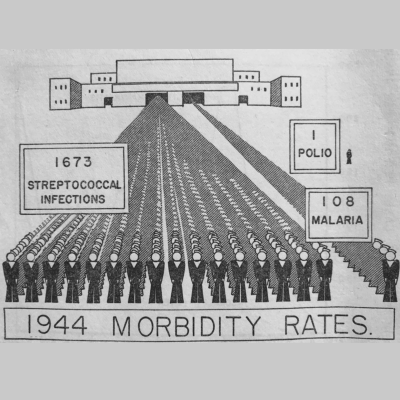
Congratulations to ISG Director, Hannah Landecker, for her recent publication on Antibiosis Before Antibiotics: War, Peace and Disinfectants. Please read Landecker’s abstract below.
This analysis of antimicrobials before antibiotics uses both biological and historical approaches to examine the origins of contemporary antibiotic resistance in the decades prior to the introduction of penicillin. Genetic studies of resistance elements in contemporary bacterial pathogens point toward the importance of early twentieth century chemotherapies as initial selection pressures shaping the landscape of resistance elements even before microbially-produced antibiotics came onto the scene while historical analysis gives insight into the design of these pressures: specific toxicity in arsenicals, sulphonamides, and disinfectant quaternary ammonium compounds, as well as their industrial-scale production and distribution. Turning from production to application, the specific cases of troop mobilization and poultry farming between 1940 and 1950 in the United States are used to illustrate how profound physical and social disruption, outbreaks of epidemic disease, and mass prophylaxis and antisepsis with synthetic antimicrobial agents came together at scale in this period, generating a highly specific landscape of bacterial flourishing and killing, and setting the stage into which the first antibiotics came. Reframing antimicrobial resistance in a longer historical trajectory lends new insight into both the social origins and biological evolution of the phenomenon.
To read more of Landecker’s publication, please click here.


